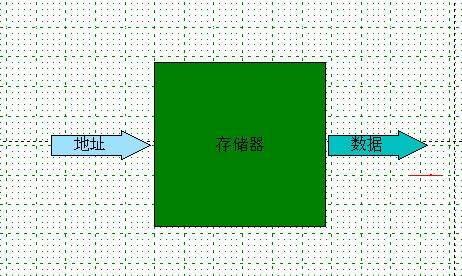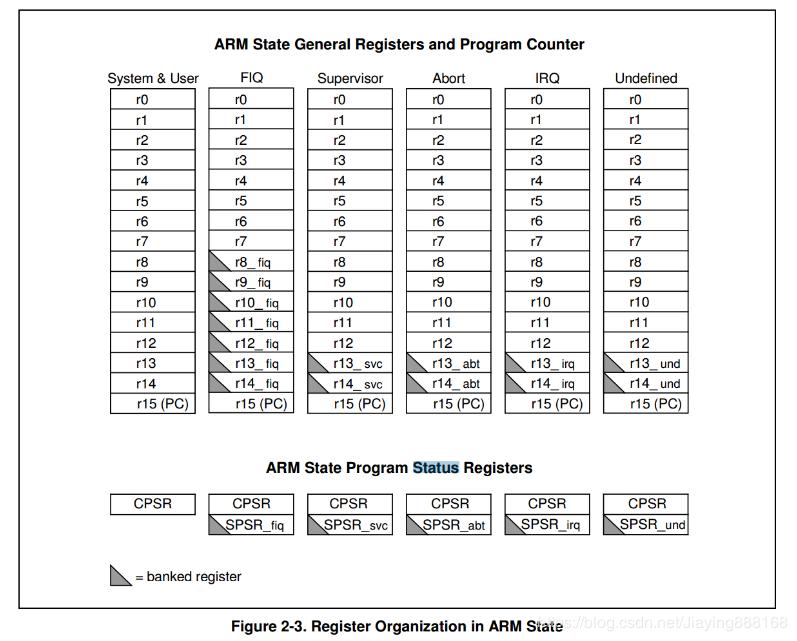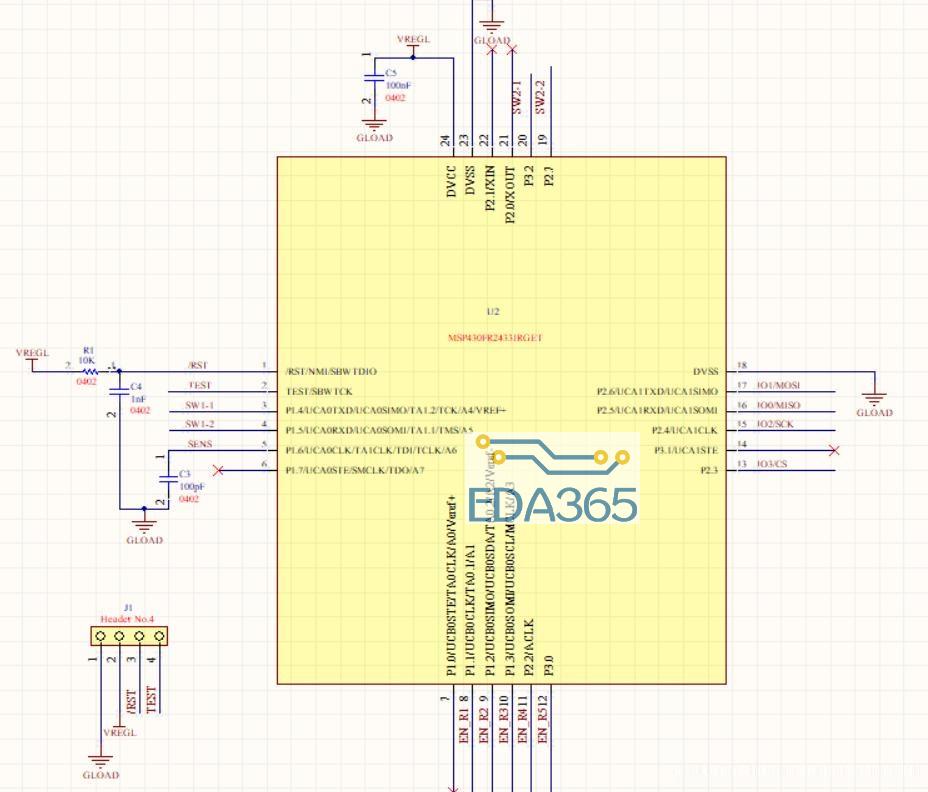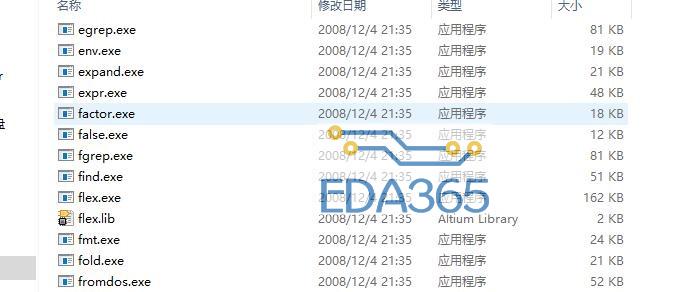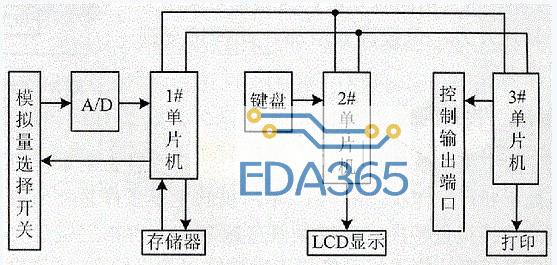12.1 初学者重要提示
学习使用HAL库前,有必要对他们的基本设计框架有所了解,然后深入学习,效果更好。
为了方便调用,HAL库为各种外设基本都配了三套API,查询,中断和DMA。
12.2 HAL库的配置文件
HAL库有一个专门的配置文件叫stm32h7xx_hal_conf.h,这个文件里面有一个很重要的参数,就是HSE_VALUE,大家所设计板子使用的实际晶振大小一定要与这个数值一致。比如V7的外置晶振是25MHz,那么这里就务必配置宏定义为:
#define HSE_VALUE ((uint32_t)25000000)
完整的代码如下:
/* ########################## Module Selection ############################## */
/**
* @brief This is the list of modules to be used in the HAL driver
*/
#define HAL_MODULE_ENABLED
#define HAL_ADC_MODULE_ENABLED
#define HAL_CEC_MODULE_ENABLED
/* 省略未写 */
/* ########################## Oscillator Values adaptation ####################*/
/**
* @brief Adjust the value of External High Speed oscillator (HSE) used in your application.
* This value is used by the RCC HAL module to compute the system frequency
* (when HSE is used as system clock source, directly or through the PLL).
*/
#if !defined (HSE_VALUE)
#define HSE_VALUE ((uint32_t)25000000) /*!< Value of the External oscillator in Hz */
#endif /* HSE_VALUE */
#if !defined (HSE_STARTUP_TIMEOUT)
#define HSE_STARTUP_TIMEOUT ((uint32_t)5000) /*!< Time out for HSE start up, in ms */
#endif /* HSE_STARTUP_TIMEOUT */
/**
* @brief Internal oscillator (CSI) default value.
* This value is the default CSI value after Reset.
*/
#if !defined (CSI_VALUE)
#define CSI_VALUE ((uint32_t)4000000) /*!< Value of the Internal oscillator in Hz*/
#endif /* CSI_VALUE */
/**
* @brief Internal High Speed oscillator (HSI) value.
* This value is used by the RCC HAL module to compute the system frequency
* (when HSI is used as system clock source, directly or through the PLL).
*/
#if !defined (HSI_VALUE)
#define HSI_VALUE ((uint32_t)64000000) /*!< Value of the Internal oscillator in Hz*/
#endif /* HSI_VALUE */
/**
* @brief External Low Speed oscillator (LSE) value.
* This value is used by the UART, RTC HAL module to compute the system frequency
*/
#if !defined (LSE_VALUE)
#define LSE_VALUE ((uint32_t)32768) /*!< Value of the External oscillator in Hz*/
#endif /* LSE_VALUE */
#if !defined (LSE_STARTUP_TIMEOUT)
#define LSE_STARTUP_TIMEOUT ((uint32_t)5000) /*!< Time out for LSE start up, in ms */
#endif /* LSE_STARTUP_TIMEOUT */
/**
* @brief External clock source for I2S peripheral
* This value is used by the I2S HAL module to compute the I2S clock source
* frequency, this source is inserted directly through I2S_CKIN pad.
*/
#if !defined (EXTERNAL_CLOCK_VALUE)
#define EXTERNAL_CLOCK_VALUE 12288000U /*!< Value of the External clock in Hz*/
#endif /* EXTERNAL_CLOCK_VALUE */
/* Tip: To avoid modifying this file each time you need to use different HSE,
=== you can define the HSE value in your toolchain compiler preprocessor. */
/* ########################### System Configuration ######################### */
/**
* @brief This is the HAL system configuration section
*/
#define VDD_VALUE ((uint32_t)3300) /*!< Value of VDD in mv */
#define TICK_INT_PRIORITY ((uint32_t)0x0F) /*!< tick interrupt priority */
#define USE_RTOS 0
/* #define USE_SD_TRANSCEIVER 1U */ /*!< use uSD Transceiver */
/* ########################### Ethernet Configuration ######################### */
#define ETH_TX_DESC_CNT 4 /* number of Ethernet Tx DMA descriptors */
#define ETH_RX_DESC_CNT 4 /* number of Ethernet Rx DMA descriptors */
#define ETH_MAC_ADDR0 ((uint8_t)0x02)
#define ETH_MAC_ADDR1 ((uint8_t)0x00)
#define ETH_MAC_ADDR2 ((uint8_t)0x00)
#define ETH_MAC_ADDR3 ((uint8_t)0x00)
#define ETH_MAC_ADDR4 ((uint8_t)0x00)
#define ETH_MAC_ADDR5 ((uint8_t)0x00)
/* ########################## Assert Selection ############################## */
/**
* @brief Uncomment the line below to expanse the "assert_param" macro in the
* HAL drivers code
*/
/* #define USE_FULL_ASSERT 1 */
/* ################## SPI peripheral configuration ########################## */
/**
* @brief Used to activate CRC feature inside HAL SPI Driver
* Activated (1U): CRC code is compiled within HAL SPI driver
* Deactivated (0U): CRC code excluded from HAL SPI driver
*/
#define USE_SPI_CRC 1U
/* Includes ------------------------------------------------------------------*/
/**
* @brief Include module's header file
*/
#ifdef HAL_RCC_MODULE_ENABLED
#include "stm32h7xx_hal_rcc.h"
#endif /* HAL_RCC_MODULE_ENABLED */
/* 省略未写 */
/* Exported macro ------------------------------------------------------------*/
#ifdef USE_FULL_ASSERT
/**
* @brief The assert_param macro is used for function's parameters check.
* @param expr: If expr is false, it calls assert_failed function
* which reports the name of the source file and the source
* line number of the call that failed.
* If expr is true, it returns no value.
* @retval None
*/
#define assert_param(expr) ((expr) ? (void)0 : assert_failed((uint8_t *)__FILE__, __LINE__))
/* Exported functions ------------------------------------------------------- */
void assert_failed(uint8_t* file, uint32_t line);
#else
#define assert_param(expr) ((void)0)
#endif /* USE_FULL_ASSERT */
除了HSE_VALUE,下面几个也要作为了解:
第72行,滴答定时器的优先级设置。这个优先级的设置至关重要。因为HAL库中各个外设驱动里面的延迟实现是基于此文件提供的时间基准。
如果在中断服务程序里面调用基于此时间基准的延迟函数HAL_Delay要特别注意,因为这个函数的时间基准是基于滴答定时器或者其他通用定时器实现,实现方式是滴答定时器或者其他通用定时器里面对变量计数。如此以来,结果是显而易见的,如果其他中断服务程序调用了此函数,且中断优先级高于滴答定时器,会导致滴答定时器中断服务程序一直得不到执行,从而卡死在里面。所以滴答定时器的中断优先级一定要比他们高。
另外这个时间基准既可以使用滴答定时器实现也可以使用通用的定时器实现,默认情况下是用的滴答定时器。
第73行,当前HAL库还不支持RTOS方式。
第74行,STM32H7的SDIO外接支持UHS-I 模式 (SDR12, SDR25, SDR50, SDR104和DDR50)的SD卡,需要1.8的电平转换器,此选项就是来使能此功能用的。
第92行,用于使能断言功能,在HAL库的API里面都有用到,用来判断函数形参是否有效。默认情况下是关闭的。
第126行,使能断言功能后,实际对应的代码位置。这里没有对函数void assert_failed(uint8_t* file, uint32_t line)做具体实现,大家可以根据自己的需求去实现,这里提供一个参考:
/*
ST库函数使用了C编译器的断言功能,如果定义了USE_FULL_ASSERT,那么所有的ST库函数将检查函数形参
是否正确。如果不正确将调用 assert_failed() 函数,这个函数是一个死循环,便于用户检查代码。
关键字 __LINE__ 表示源代码行号。
关键字__FILE__表示源代码文件名。
断言功能使能后将增大代码大小,推荐用户仅在调试时使能,在正式发布软件是禁止。
用户可以选择是否使能ST固件库的断言供能。使能断言的方法有两种:
(1) 在C编译器的预定义宏选项中定义USE_FULL_ASSERT。
(2) 在本文件取消"#define USE_FULL_ASSERT 1"行的注释。
*/
/*
*********************************************************************************************************
* 函 数 名: assert_failed
* 形 参:file : 源代码文件名称。关键字__FILE__表示源代码文件名。
* line :代码行号。关键字 __LINE__ 表示源代码行号
* 返 回 值: 无
*********************************************************************************************************
*/
void assert_failed(uint8_t* file, uint32_t line)
{
/*
用户可以添加自己的代码报告源代码文件名和代码行号,比如将错误文件和行号打印到串口
printf("Wrong parameters value: file %s on line %drn", file, line) */
*/
/* 这是一个死循环,断言失败时
『本文转载自网络,版权归原作者所有,如有侵权请联系删除』
 热门文章
更多
热门文章
更多

